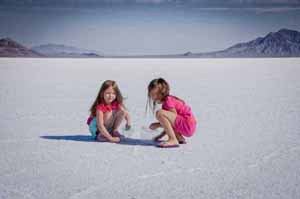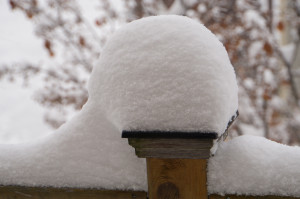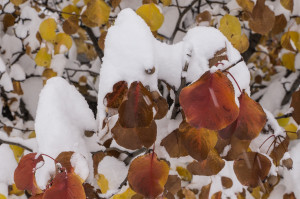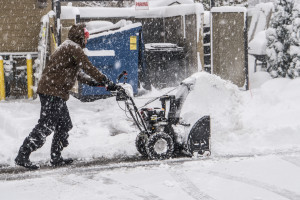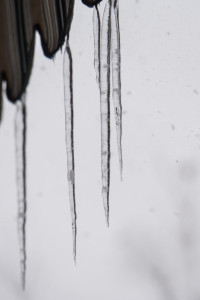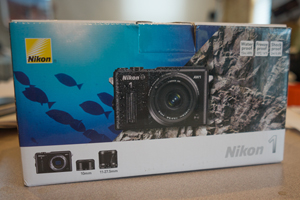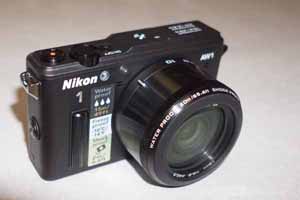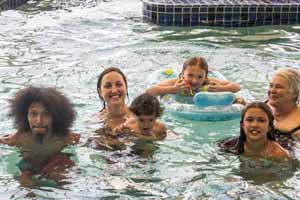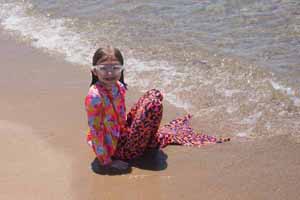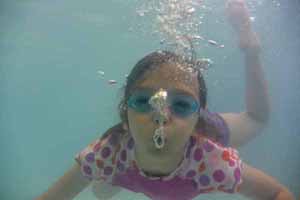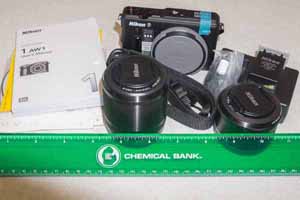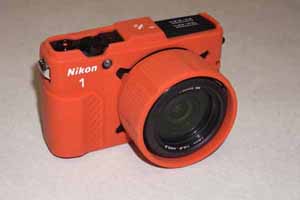It pays to have a different point of view
Most everyone has an opinion – a point of view if you will. But in photography, the POV acronym has a special meaning.
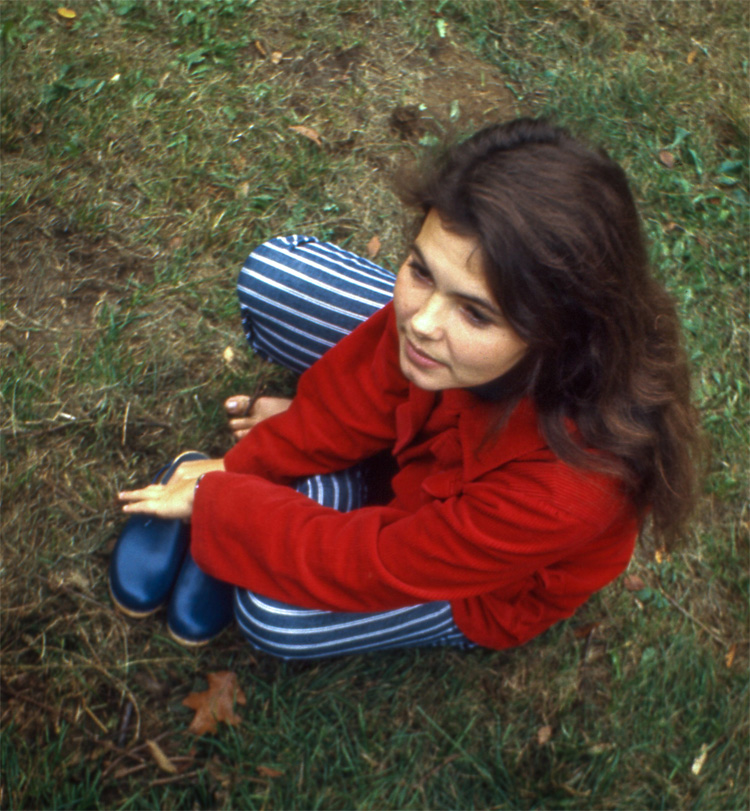
Point Of View refers to the position of the camera when you click the shutter. By varying the camera’s position you can easily change the composition and “interest quotient” of your image. A simple change in the position of your camera can turn your photograph into a winner.
And of course you’re the key to making this happen.
Try moving closer or further away from your subject. Bend at the waist. Get down on your knees. Turn the camera from the horizontal to the vertical orientation. Lift your camera above your head. Point the camera downward. I think you get the point.
For some suggestions, check out a few of the examples below.
[ Click on any image to enlarge ]
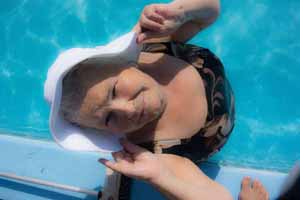 | |
 |  |
 | |
 | 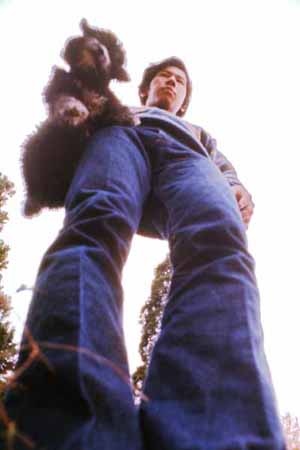 |
After you’ve paid for your camera, photography is just about FREE. So get out there and show yourself and others that you have an interesting POINT OF VIEW.
Written by: Arnie Lee

